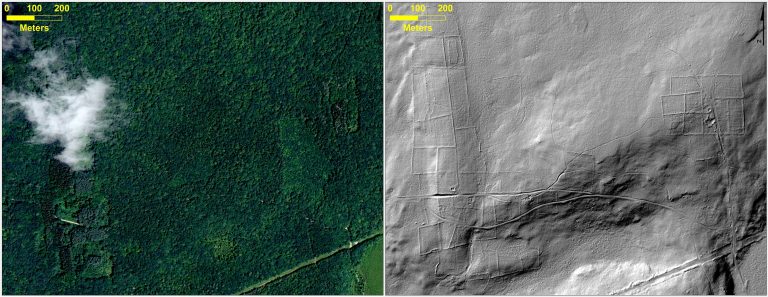Census Tracts, statistical areas of roughly three to seven thousand individuals, are the smallest practical geography for analysis using American Community Survey estimate data. In Connecticut many smaller towns have a single Census Tract, while larger cities can have more than a dozen.The Census Bureau’s American FactFinder data tool provides more than 3,500 different tables of data from the American Community Survey for Census Tracts on a wide range of topics. While the organization, documentation, downloading capabilities of American FactFinder are extremely sophisticated, it can be difficult to identify and select particular Census Tract for analysis – say, those in the northern portion of Hartford – without already being familiar with the boundaries of the tracts. (While this can be done using the Reference Map interface in American FactFinder, it is a fairly cumbersome process).
The shaded map of Census Tracts below allows the user to select single or multiple tracts for analysis, and takes advantage of the deep linking capabilities of American FactFinder. By holding down the Control key, multiple tracts can be selected with the mouse. The links to demographic, economic, and other data which then appear in the mouseover ‘Tooltip’ menu can be a starting point for exploring additional data for the selected tracts, because the geographies chosen remain selected in the resulting American FactFinder session. Upon following the link in the Tooltip to a table in American FactFinder, click the Advanced Search tab above the table to return to the American FactFinder search screen, to browse among the thousands of tables of data for the tract(s), using a keyword search or the Topics menu.
[xyz-ihs snippet=”Census-Tract-Data-Browser”]

